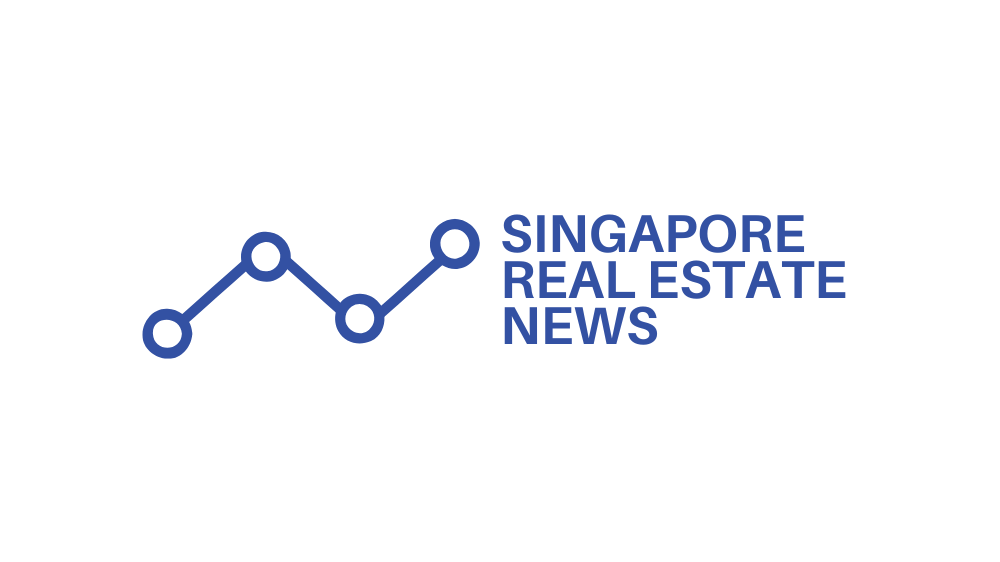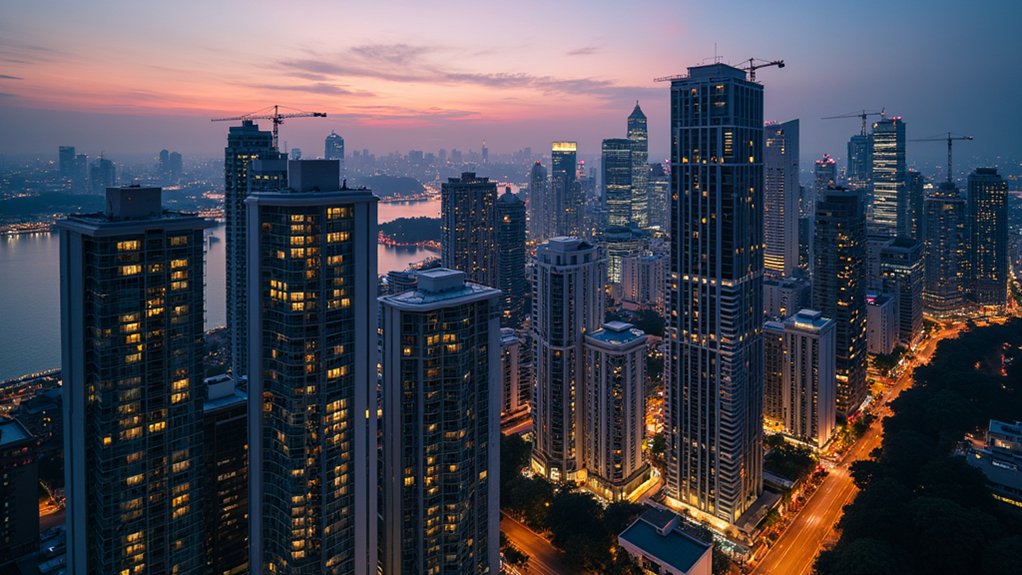How can a city-state with one of the world’s most tightly regulated property markets sustain relentless price appreciation despite aggressive cooling measures? Singapore’s residential landscape presents a paradox where homes vanish rapidly from inventory despite Additional Buyer’s Stamp Duty rates reaching 60% for foreigners and stringent loan-to-value ratios constraining leverage across buyer segments.
Limited land availability fundamentally constrains supply expansion, with the Government Land Sales programme tightly controlling new parcel releases into the development pipeline. Unsold inventory remains at historic lows, intensifying competition among buyers seeking properties in an undersupplied market.
Construction delays stemming from pandemic-era disruptions continue to affect pipeline delivery, while homeowner reluctance to sell amid rising valuations further restricts resale stock availability. Major developments like CapitaLand’s completion of the S$883 million transformation of 1 Science Park Drive demonstrate continued investment in Singapore’s innovation infrastructure, potentially driving demand in surrounding residential areas.
Private residential prices are projected to rise 3-4% in 2025, sustaining upward momentum that pushed the URA Property Price Index to an all-time high of 215.80 points in Q3 2025. HDB resale prices surged 9.6% in 2024, doubling previous growth rates and exacerbating affordability pressures as resident wage growth lags behind property inflation.
Non-landed properties posted 0.95% quarter-on-quarter and 4.74% year-on-year price growth in Q1 2025, while detached landed homes experienced a sharp 19.2% quarterly spike to $1,910 per square foot.
Demand continues outpacing supply across market segments, with primary market launches accounting for 3,375 units sold in Q1 2025. The Outside Central Region represented 58% of total private home sales as buyers shifted focus to lower-cost suburban areas.
Though Core Central Region primary sales rose 40.15% quarter-on-quarter with high-end units selling rapidly, the overall market activity still emphasizes movement toward more affordable areas. Approximately 20,000 new households form annually, with around 27,000 marriages yearly driving sustained demand for housing across all segments. Unsold inventory of private residential units declined by 3.1% quarter-on-quarter to 20,122 units, reflecting the rapid absorption of available properties.
Local and permanent resident buyers dominate activity, with foreign investment deterred by elevated stamp duties.
Secondary market transactions dropped 3.16% quarter-on-quarter in Q1 2025 as investor attention pivoted toward new projects.
The Housing Index is forecast to reach 231.00 points in 2026 and 241.00 in 2027, continuing record highs despite cooling measures designed to prevent speculative bubbles and excessive over-leveraging.





